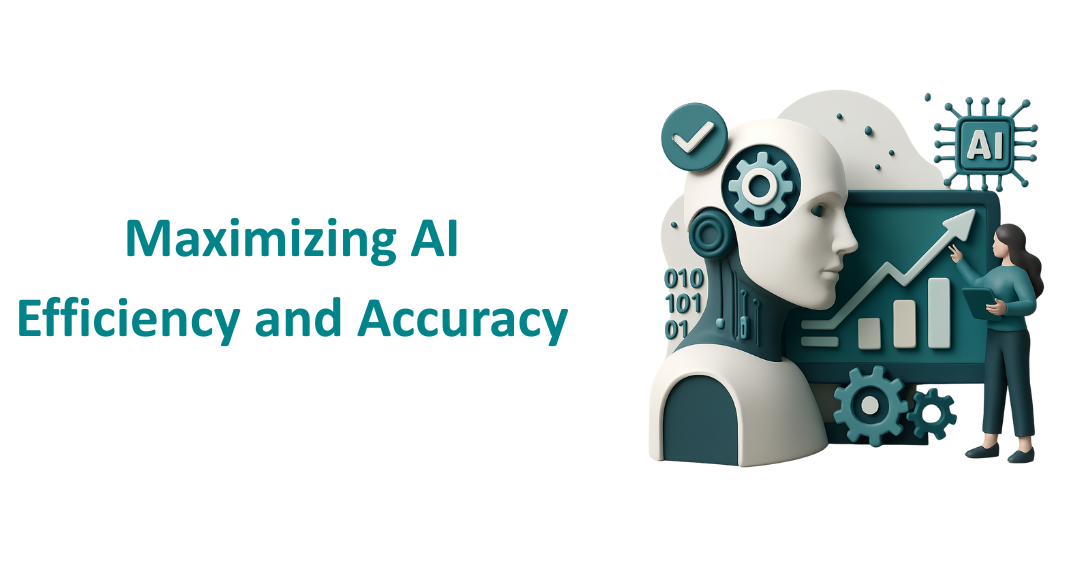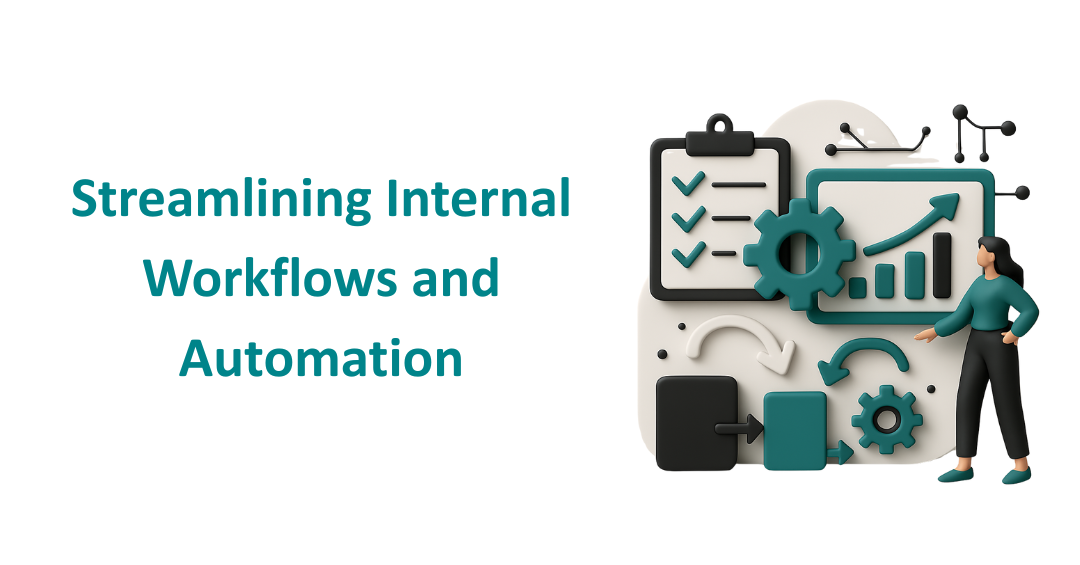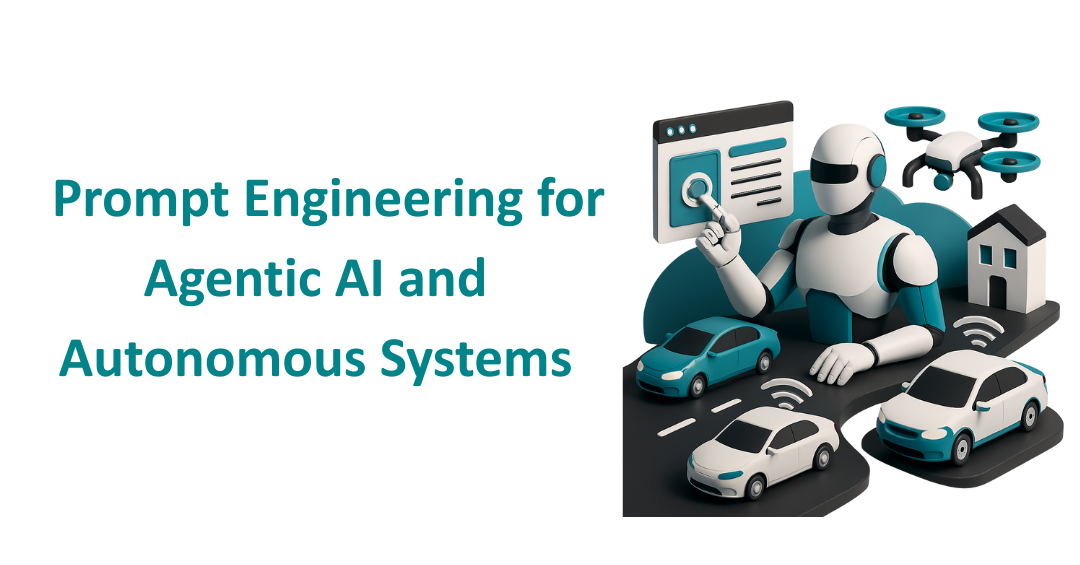
❅
❅
❅
❅
❅
❅
❅
❅
❅
❅
❅
❅
❅
❅
❅
❅
❅
❅
❅
❅
❅
❅
❅
❅
❅
❅
❅
❅
❅
❅
❅
❅
❅
❅
❅
❅
❅
❅
❅
❅
❅
❅
❅
❅
❅
❅
❅
❅
❅
❅
❅
❅
❅
❅
❅
❅
❅
❅
❅
❅
❅
❅
❅
❅
❅
❅
❅
❅
❅
❅
❅
❅
❅
❅
❅
❅
❅
❅
❅
❅
❅
❅
❅
❅
❅
❅
❅
❅
❅
❅
❅
❅
❅
❅
❅
❅
❅
❅
❅
❅
❅
❅
❅
❅
❅
❅
❅
❅
❅
❅
❅
❅
❅
❅
❅
❅
❅
❅
❅
❅
❅
❅
❅
❅
❅
❅
❅
❅
❅
❅
❅
❅
❅
❅
❅
❅
❅
❅
❅
❅
❅
❅
❅
❅
❅
❅
❅
❅
❅
❅
❅
❅
❅
❅
❅
❅
❅
❅
❅
❅
❅
❅
❅
❅
❅
❅
❅
❅
❅
❅
❅
❅
❅
❅
❅
❅
❅
❅
❅
❅
❅
❅
❅
❅
❅
❅
❅
❅
❅
❅
❅
❅
❅
❅
❅
❅
❅
❅
❅
❅
Every industry is undergoing digital transformation driven by the world of artificial intelligence (AI). AI is helping companies become more efficient through data-driven decisions and marketing automation. The teaching methods of AI tools are critical to their performance, particularly with Large Language Models (LLMs), including Google's Gemini, Anthropic's Claude, and OpenAI's GPT. OpenAI prompt engineering, in particular, has gained momentum as businesses increasingly rely on GPT-based tools to drive innovation and automation. That’s why prompt engineering for business has become a cornerstone of any serious digital strategy.
So, what is prompt engineering? Prompt engineering is the act of creating structured, contextually rich input, based on pre-existing data (the era of constructing a reasoned narrative), where the AI model can be tapped to deliver accurate, appropriate, and high-quality output/answers. But also be careful if pre-existing data, or your prompt, is forgetful, your AI may be vague, inaccurate, and even deceiving.
AI prompt engineering for business is no longer optional in today's business world; it is a business necessity because productivity, personalization, and creativity can no longer be scoped as an option in business. Below, I will discuss the key reasons organizations should invest in learning prompt engineering and explore the benefits of prompt engineering in business applications.
1. Maximizing AI Efficiency and Accuracy
LLMs are incredibly powerful models in their own right, but what you ask them matters a lot. A vague or poorly constructed prompt will lead to less meaningfully specific answers, generic answers, and low-quality answers that take you longer to fix or iterate on.
Why It Matters:
- A clearly defined prompt gives the AI unambiguous information about your needs, including format and tonal preference.
- It guarantees that you receive quality content on your first attempt as it reduces your guesswork and chances of trial and error.
- Prompt clarity can be the difference between engaging content that resonates with an audience and off-brand,robot-like content for companies using AI to generate their content (blogs, ad copy, emails).
- Prompt engineering tools can further assist in structuring such effective prompts with templates, guidance, and automation for large-scale use. A well-structured prompt engineering tutorial can also help your team build these skills efficiently.
- Teams using an AI prompt for marketing can see significant improvements in campaign precision and brand voice alignment.
- The increasing demand for such expertise is also fueling the growth of prompt engineering careers, making it an attractive path for professionals interested in AI and automation.
- Businesses can refine their AI prompt design strategies to guide language models toward delivering responses that are aligned with company goals and audience expectations.
You can also refer to real-world prompt engineering examples to understand how small changes in structure dramatically improve outputs.
Example:
Instead of prompting AI with “Write an article about digital marketing,” a well-crafted prompt would be:
“Write a 1000-word article on digital marketing trends for 2025. Use a professional tone, include 3 key trends, and provide practical tips for small businesses.”
2. Reducing Operational Costs
Every time an AI model processes a prompt, it consumes computational resources (tokens). Over time, especially for enterprise-level operations, these costs add up.
How Prompt Engineering Helps:
- Optimized prompts mean fewer tokens are used, reducing API and server costs.
- It prevents repeated re-prompts or corrections, saving time and money.
- For customer support chatbots or automated workflows, fewer iterations lead to faster resolutions and lower expenses.
Organizations adopting prompt engineering for business operations have already reported measurable reductions in overhead costs.
Example:
A company using an AI chatbot for customer service might save thousands of dollars annually by reducing unnecessary responses and focusing on accurate first answers.
3. Enabling Superior Personalization
Personalization is a necessary component of today's customer-centric context. AI can react to a variety of customer personas, eventually speaking your brand's language, through the prompt engineering process.
Business Applications:
- Business Applications: Marketing departments can be taught to use AI to create personalized email campaigns, social media posts, and content that aligns with their brand voice. Using an AI prompt for marketing ensures each piece of content speaks directly to its intended audience.
- Customer service representatives can also bring up prompts that allow AI agents to project empathy and be consistent with corporate values.
- E-commerce channels can offer personalized product suggestions or responses based on consumer actions.
Example:
A clothing brand can use AI prompts to generate personalized product descriptions for different audience segments (e.g., millennials vs. Gen Z), improving engagement and sales.
4. Enhancing Business Intelligence and Decision Making
AI models can summarize reports, analyze large and complex data sets, and generate valuable insights. However, under the wrong prompt, AIs can yield incorrect or misleading results.
Prompt Engineering Impact:
- Well-thought-out prompts allow AI to generate business reports of an operational and indicate, concise sort or data visualizations meant to be shared with executives, if one desires.
- Actionable insights can be accessed at a faster clip for executives, meaning companies can start a shorter cycle of decision-making.
- A company can automate tasks like market research, competitor analysis, or customer sentiment analysis, while making better decisions.
- Businesses using prompt engineering tools can automate report generation with more control and consistency, especially when scaling insights across departments. Reviewing prompt engineering examples related to data summarization and business intelligence tasks can help teams structure more refined and data-rich queries. Leveraging OpenAI prompt engineering best practices in this area can yield even better data interpretation and insights.
- Applying a strategic AI prompt design approach can also help avoid misinterpretations, enabling more accurate business analytics and visualizations.
Example:
Instead of asking AI, “What’s happening in the real estate market?”, a better prompt would be:
“Summarize the top 3 trends in the US real estate market in 2025, focusing on technology adoption, pricing trends, and buyer preferences.”
5. Streamlining Internal Workflows and Automation
AI is basically taking away the tedious work of manual processes, whether it's generating invoices or automating HR processes. We can automate processes as reference technicians or knowledge workers, but this starts to become more business-context-sensitive via prompt engineering.
Key Benefits:
- Key benefits: HR departments can set up prompts with classified resumes and prompts using job descriptions that are role-specific for AI to screen resumes for them.
- Finance teams can utilize large language models to generate personalized financial reports and forecast models.
- Bots for internal communications can provide instant responses to employees with policy questions.
Example:
A recruitment team can use a prompt like:
“Analyze these 50 resumes and rank candidates based on experience in cloud technologies, leadership skills, and project management.”
6. Reducing Misunderstandings and Biases in Artificial Intelligence
Ambiguous prompts can cause AI models to produce incorrect or biased results while we are unaware, and organizations want to ensure that they get results that are accurate, ethical, and compliant.
How Prompt Engineering Mitigates This:
- Clear prompts reduce the risk of misinterpreted queries.
- Engineers can add instructions to avoid bias, offensive content, or misinformation.
- Industries like healthcare, law, and finance rely on prompt engineering to maintain trust and accuracy in sensitive outputs.
Example:
Legal teams can prompt AI:
“Summarize this legal document, but ensure all legal terms remain unchanged and include a disclaimer that this is not legal advice.”
7. Boosting AI ROI and Adoption
Businesses invest heavily in AI platforms, but without effective prompt engineering, they may not see the desired ROI.
Advantages:
- Effective prompts speed up the time to get usable, actionable AI results.
- Teams can adopt AI tools with minimal training when prompt templates are in place.
- It ensures that AI aligns with business goals, improving returns on investment.
Here, one of the most compelling benefits of prompt engineering is maximizing your AI investments and enabling broad adoption across teams.
Example:
A content marketing team could create ready-to-use prompt libraries for blog ideas, meta descriptions, and ad copy generation, significantly reducing content turnaround time.
8. Accelerating Innovation and Creativity
AI prompt engineering isn’t just about efficiency; it’s also a catalyst for innovation. With the right prompts, businesses can use AI for brainstorming, prototyping, and testing new ideas.
Use Cases:
- Product teams can ask AI for creative product features or UI/UX suggestions.
- Marketing teams can generate multiple ad variations in seconds by using the right AI prompt for marketing goals, tone, or target demographic.
- RundefinedD departments can simulate market scenarios using hypothetical “what if” prompts.
- As companies explore these use cases, demand grows for individuals who understand how to design prompts effectively, giving rise to new opportunities in prompt engineering careers across industries.
Example:
A startup could prompt AI with:
“Suggest 10 innovative features for a fitness tracking app that would appeal to Gen Z users and leverage gamification.”
9. Scaling AI Across Multiple Departments
With prompt engineering, cross-functional teams can equally leverage one AI platform without duplication of efforts.
Examples of AI Scaling by Department:
- Sales teams: Automated follow-up and outreach to prospects.
- Operations teams: Supply chain insights and inventory forecasting.
- Customer support 24/7 chatbots that harness AI and enable business leaders to find solutions faster.
10. Preparing for Agentic AI and Autonomous Systems
The future of AI lies in agentic AI, where autonomous agents perform complex tasks with minimal human oversight. Prompt engineering acts as the training ground for these agents, teaching them how to understand business-specific requirements.
Why Businesses Must Prepare:
- Those who master prompt design today will lead the way when AI agents become mainstream.
- It ensures that AI tools are aligned with company values, compliance needs, and brand voice.
Looking ahead, the benefits of prompt engineering include future-proofing your organization for the coming wave of autonomous AI agents.
Final Thoughts
Prompt engineering is the key to unlocking the full potential of AI. This means that an AI model could be cutting-edge and state-of-the-art, and supply rubbish outputs that are of no use to the organization without prompt engineering. Organizations can use prompt engineering for business to create more productive and cost-reducing business efficiencies, customize customer experience, drive workflows, and ultimately drive meaningful innovation.
Those organizations that can engage and leverage AI effectively and implement prompt engineering will create years of market advantage. There are both business strategy and business advantages to having adept individuals who can do prompt engineering, just as there are to being technically competent. This has also led to a surge in prompt engineering careers, with roles emerging in content strategy, product design, data analysis, and marketing teams.
As the ecosystem matures, prompt engineering tools are becoming indispensable assets that enable faster, smarter, and more scalable use of AI in the enterprise.
Ready to Unlock the Power of AI with Prompt Engineering?
At Seaflux Technologies, we’re a leading AI solutions provider and undefineda class="code-link" href="https://www.seaflux.tech/custom-software-development" target="_blank"undefinedcustom software development companyundefined/aundefined, helping businesses maximize AI through expert prompt engineering.
Our undefineda class="code-link" href="https://www.seaflux.tech/ai-machine-learning-development-services" target="_blank"undefinedAI development servicesundefined/aundefined focus on improving accuracy, personalization, and speed, all while keeping costs low. Whether you need smarter workflows or targeted AI prompts for marketing, our custom AI solutions are built to match your business goals.
undefineda class="code-link" href="https://calendly.com/seaflux/meeting?month=2025-07" target="_blank"undefinedBook a free consultationundefined/aundefined today and see how prompt engineering can boost performance and unlock real business value.

Dhrumi Pandya
Marketing Executive










